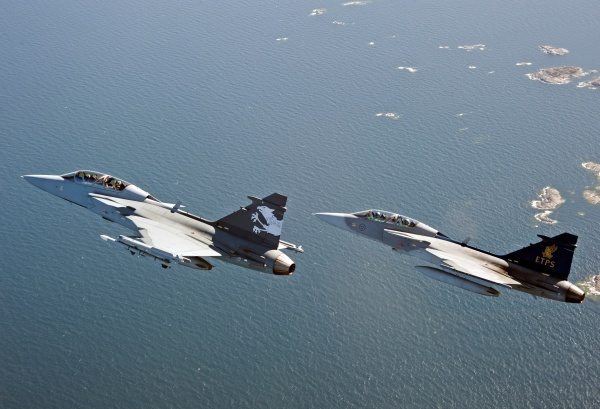Iron Dome, Israel’s much vaunted anti-missile defence system, is playing an increasingly important role in the growing confrontation between the Jewish state and Gaza-based militants.
Since the latest round of bloodshed erupted 48 hours ago with an Israeli strike on a top Hamas militant, Israel has attacked more than 500 targets in Gaza in hundreds of bombing sorties.
During the same period, militants have fired more than 500 rockets across the border, 327 of which struck southern Israel, while another 184 were successfully intercepted in mid-flight by Iron Dome, army statistics show.
So far, only four batteries have been deployed in the south, although the defence ministry on Friday said a fifth was to be brought into service on Saturday, two months ahead of schedule.
The first Iron Dome battery was installed in March 2011 near the southern city of Beersheva, 40 kilometres (25 miles) from the Gaza Strip, to combat Soviet-designed Grad rocket fire from the Palestinian territory.
Three more were later deployed near the coastal cities of Ashkelon and Ashdod, and by the desert town of Netivot.
The ministry said the fifth battery which, like the others is mobile, would be operational by Saturday evening, describing it as “a more advanced battery in terms of its range of operational capabilities.”
Each battery has a radar detection and tracking system, a firing control system and three launchers for 20 interception missiles. Each has a range of between four and 70 kilometres (2.5 and 44 miles).
Its success rate during the latest cycle of violence has varied between 75 percent and 90 percent, according to the military which says the system goes into action only when a rocket heads for a built-up area.
Arieh Herzog, former head of the Israel’s missile defence project, said Iron Dome was becoming ever more efficient at stopping rocket fire.
“More than a year ago, when they first intercepted a Grad, the success rate was rather high, around 80 percent, and it is getting better and better,” he told reporters on Friday, saying the operators were getting “better training.”
“When a rocket is detected by the system, it calculates the impact point. If it heads for populated areas, the system decides to intercept,” he said, indicating that the system had a 90 percent intercept rate.
But military experts say 13 batteries are needed to be able to defend the whole of Israeli territory, an arsenal that will take several years to build up.
Israel has so far invested $1 billion in the project.
Each time an Iron Dome battery is fired, it reportedly costs almost $50,000 (39,000 euros).
Iron Dome was developed by Rafael Advanced Defence Systems, a public arms company based in the northern city of Haifa, and was partly funded by the United States.
The Israeli missile defence programme also include other systems such as the Arrow, to counter ballistic missiles, and David’s Sling, for medium-range rocket or missile attacks.










